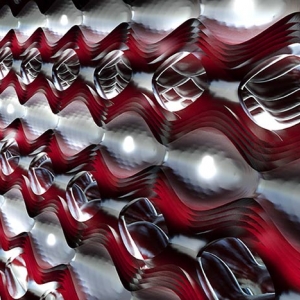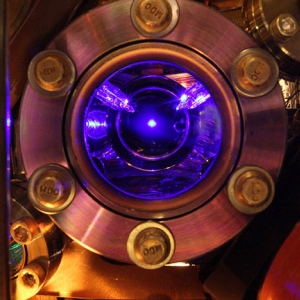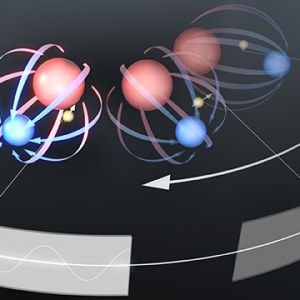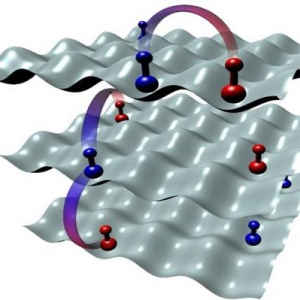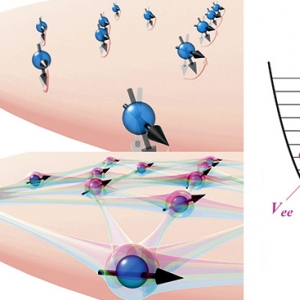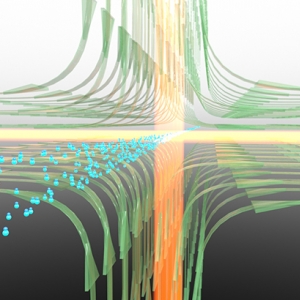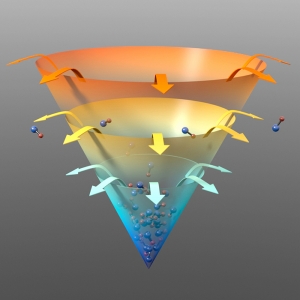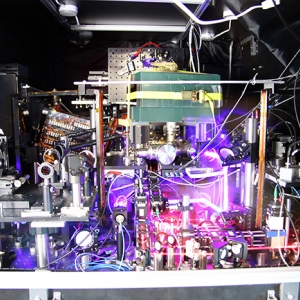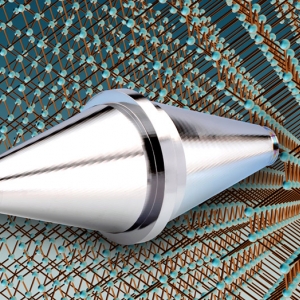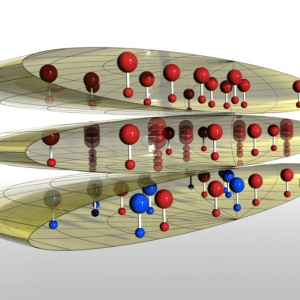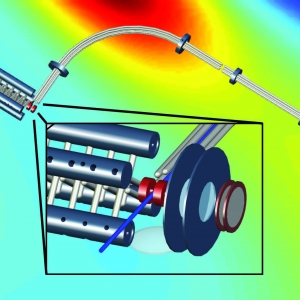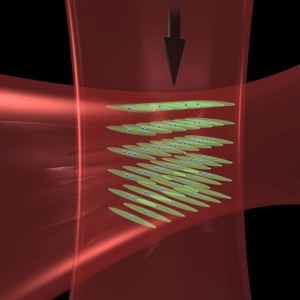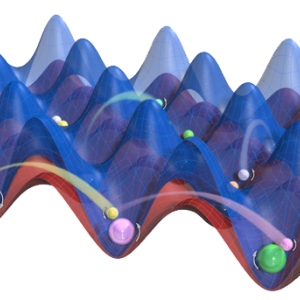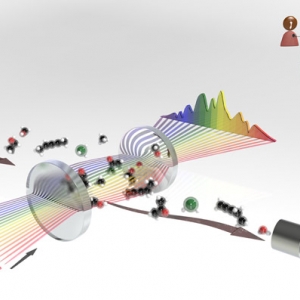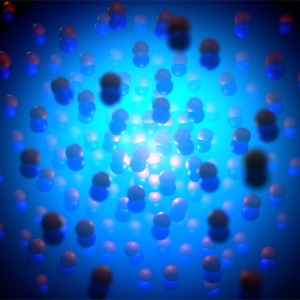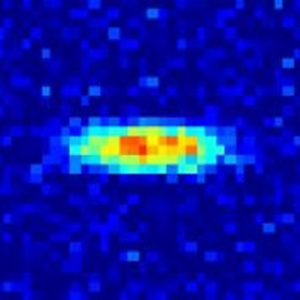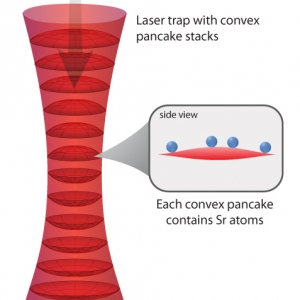Research Highlights
Atomic & Molecular Physics
Dealing with Loss
Published:
PI: Ana Maria Rey | PI: Deborah Jin | PI: Jun Ye | PI: Murray Holland
Precision Measurement
The Dipolar Express
Published:
PI: Eric Cornell | PI: John Bohn | PI: Jun Ye
Atomic & Molecular Physics
The Great Spin Swap
Published:
PI: Ana Maria Rey | PI: Deborah Jin | PI: Jun Ye
Quantum Information Science & Technology
The Magnificent Quantum Laboratory
Published:
PI: Ana Maria Rey | PI: Jun Ye
Atomic & Molecular Physics
Trapper Marmot and the Stone Cold Molecules
Published:
PI: Jun Ye
Atomic & Molecular Physics
Ultracold Polar Molecules to the Rescue!
Published:
PI: Ana Maria Rey | PI: Jun Ye
Quantum Information Science & Technology
The Quantum Control Room
Published:
PI: Deborah Jin | PI: John Bohn | PI: Jun Ye
Precision Measurement
Strontium Clock Performance Skyrockets
Published:
PI: Ana Maria Rey | PI: Jun Ye
Quantum Information Science & Technology
The Quantum Modeling Agency
Published:
PI: Ana Maria Rey | PI: Jun Ye
Atomic & Molecular Physics
Redefining Chemistry at JILA
Published:
PI: Deborah Jin | PI: Jun Ye | PI: Konrad Lehnert





